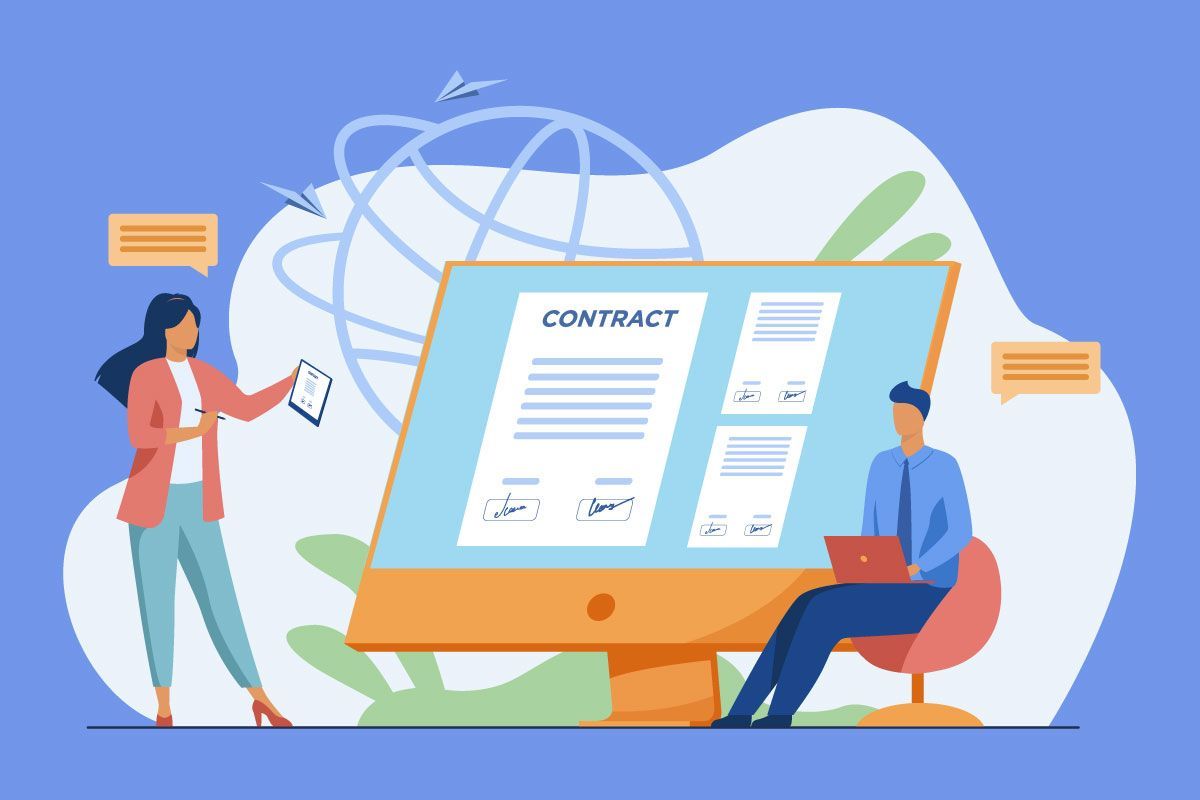Embracing The Digital Future: Your Guide To Going Paperless
In today’s fast-paced world, technology is evolving rapidly, and so are our habits. One significant change many people and businesses are adopting is going paperless. This transformation is not just about reducing clutter; it’s about embracing a digital future that offers efficiency, convenience, and environmental benefits. In this article, we will explore the essential steps to successfully go paperless and how it can positively impact your life.
What
Does Going Paperless Mean?
Going paperless means reducing or
eliminating the use of paper in favor of digital documents. Instead of printing
out every email, report, or note, you can keep everything on your computer or
in the cloud. This shift helps to streamline your processes and makes
information more accessible. Imagine having all your important documents at
your fingertips without having to sift through piles of paper!
Why
Go Paperless?
The benefits of going paperless are
compelling. Here are a few reasons why you should consider this transition:
- Less Clutter:
A paperless environment means fewer stacks of papers taking up space. This
reduction in clutter can help you think more clearly and feel more
organized.
- Easy Access:
With everything stored digitally, you can find what you need quickly. No
more hunting through filing cabinets or folders to locate an important
document. A simple search can lead you directly to what you need.
- Environmental Impact:
Reducing paper usage helps save trees and decrease waste. This is an
excellent way to contribute to a healthier planet.
- Cost Savings:
Going paperless can save money on printing, ink, and storage supplies.
Businesses can especially benefit from these savings over time.
How
to Begin Your Paperless Journey
Starting your journey to a paperless
life may seem daunting, but it can be broken down into manageable steps. Here’s
how to get started:
1.
Assess Your Current Paper Usage
The first step is to understand how
much paper you use. Take a week to track how many documents you print or
receive. This assessment will help you identify the areas where you can reduce
paper use.
2.
Choose the Right Tools
Invest in tools that will help you
go paperless. Consider using cloud storage services like Google Drive, Dropbox,
or OneDrive. These platforms allow you to store and access your documents from
anywhere with an internet connection.
You might also want to use apps that
can scan documents directly into your device. These apps turn your smartphone
into a scanner, allowing you to save physical documents as digital files
easily.
3.
Create a Digital Filing System
Just like with physical files,
organizing your digital documents is crucial. Create folders and subfolders
that make sense to you. For example, you might have main folders for work,
personal, and finances, with subfolders for specific projects or years. A
well-organized system will make it easier to find what you need.
4.
Go Digital with Communication
Email and messaging apps can replace
many forms of paper communication. Instead of printing out emails, keep them
organized in your inbox or a dedicated folder. Encourage friends, family, and
colleagues to communicate digitally as well.
5.
Make a Plan for Incoming Paper
To maintain a paperless lifestyle,
you need a strategy for dealing with new paper. When you receive documents, ask
yourself if they need to be printed. Can you scan and store them digitally
instead? For items like bills and statements, sign up for electronic delivery
whenever possible.
The
Transition Takes Time
Remember, transitioning to a
paperless environment is a process that takes time. You don’t have to do
everything at once. Start small by focusing on one area of your life, whether
it’s your home office or personal documents. As you get more comfortable,
expand your efforts to other areas.
Conclusion
Embracing the digital future by
going paperless is a smart choice that can improve your life significantly.
With less clutter, easy access to documents, and a positive impact on the
environment, the benefits are clear. By assessing your current paper usage,
choosing the right tools, creating a digital filing system, and developing a
plan for incoming paper, you can successfully navigate your journey to a
paperless lifestyle. Take the first step today and enjoy the freedom and
organization that come with going paperless. The future is digital, and you can
be a part of it!


Comments
Post a Comment